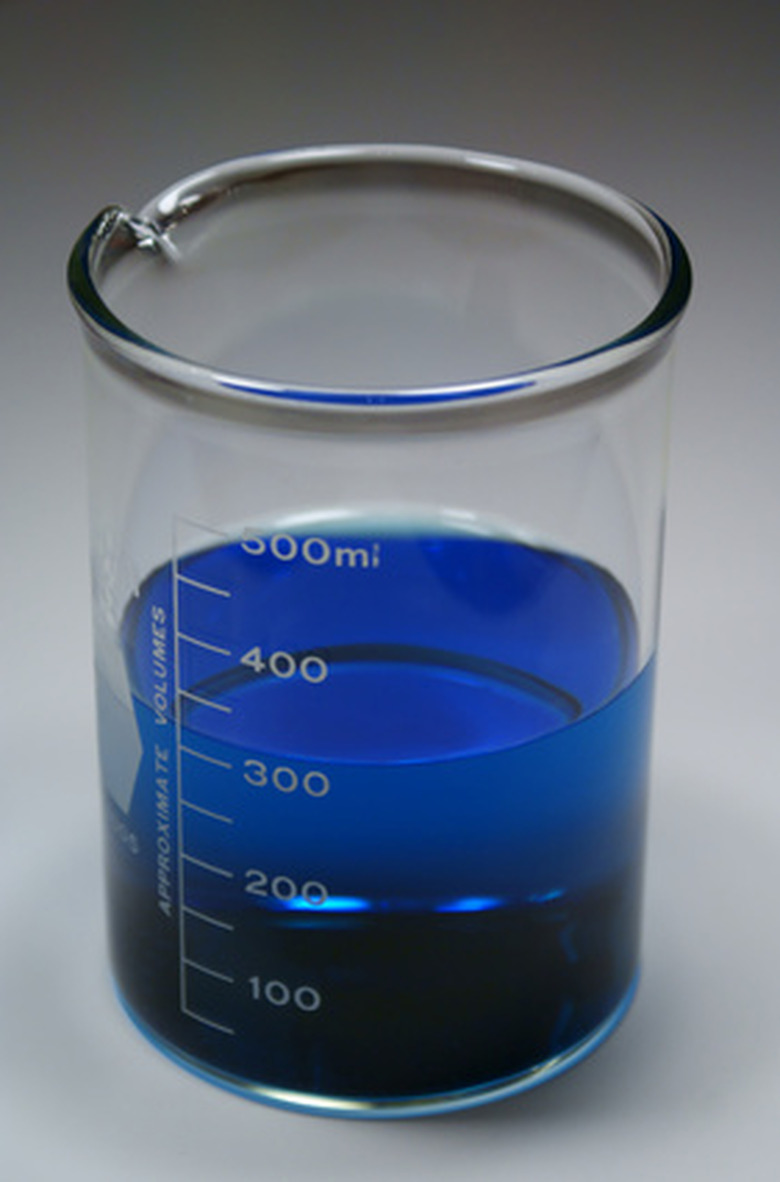Why Do You Let The Sample Cool In A Dessicator?
A desiccator is a glass or plastic container that can be sealed in which a small amount of desiccant material is placed in the bottom. A level platform sits above the desiccant. Scientists store chemicals and allow items to cool in the desiccator.
Function
Function
Heated samples and beakers, or weighing dish, are cooled in a desiccator to prevent the sample or beaker from gathering moisture as it cools. The interior of the desiccator is dry due to the desiccant at the bottom and because it is sealed to keep outside, moist air from getting inside.
Benefits
Benefits
If a sample is allowed to cool in the open air of the laboratory, it will absorb water from the air. If you need to make precise weight measurements, this added water weight will give an incorrect measurement. Weighing the sample while it is hot also will cause inaccurate measurements because as the sample cools, the weight fluctuates. This fluctuation may be slight, but it can still throw off the results.
Other Uses
Other Uses
Hydrophilic chemicals, or ones that easily absorb water, are always stored in a desiccator. This keeps the chemicals dry and makes them last longer.
Cite This Article
MLA
Painter, Tammie. "Why Do You Let The Sample Cool In A Dessicator?" sciencing.com, https://www.sciencing.com/do-let-sample-cool-dessicator-7513743/. 24 April 2017.
APA
Painter, Tammie. (2017, April 24). Why Do You Let The Sample Cool In A Dessicator?. sciencing.com. Retrieved from https://www.sciencing.com/do-let-sample-cool-dessicator-7513743/
Chicago
Painter, Tammie. Why Do You Let The Sample Cool In A Dessicator? last modified March 24, 2022. https://www.sciencing.com/do-let-sample-cool-dessicator-7513743/
